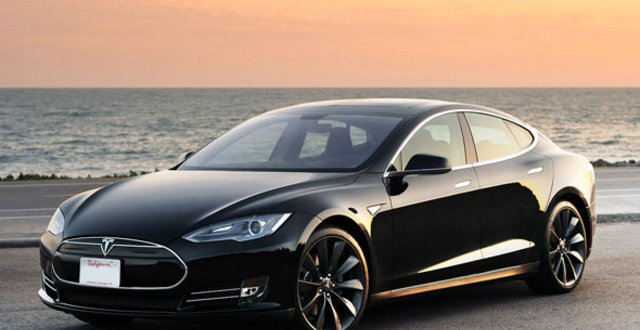Making your car more eco-friendly has many rewards. It’s an excellent way to save money while being less dependent on imported oil. Internal combustion engines and vehicle gas emissions are toxic and cause climate change. Making your vehicle more sustainable reduces carbon emissions, exponentially benefiting the environment.
The carbon dioxide and chemical emissions your car emits impact the air quality you breathe, harming your health. Driving an eco-friendlier vehicle reduces air pollution, creating a healthy environment. There’s a lot you can do to make your auto more sustainable. Here are five ways to make your car more eco-friendly.
Switch to LED headlights
As the appeal for more energy-efficient technology continues to rise, LEDs are gaining value as a source of light. Halogen bulbs generate too much heat and waste more energy. This drains your car battery. LED bulbs produce little heat, consuming less energy and ensuring less battery drain. The best led lights for cars have a longer lifespan than other auto light types, meaning lesser replacements. This not only saves money but the environment too. While some bulbs have toxic chemicals, which makes them dangerous for the environment when poorly disposed of, LEDs are environmentally friendly.
Always ensure proper tire inflation
According to Energy Saver, around 24% of road car carbon dioxide emissions and 20 to 30% of a car’s fuel consumption are tire-related. Your tires impact vehicle fuel efficiency mainly via rolling resistance (how tires overcome inertia). Good quality, well-inflated tires need less energy to run, resulting in low rolling resistance and making your vehicle more fuel-efficient. The reduced rolling resistance also reduces carbon dioxide emissions. If you keep your tires underinflated, they’ll have low fuel efficiency and will create more friction. Always ensure that your tires maintain the suggested inflation pressure.
Maintain a preventive car maintenance routine
Sticking to a routine preventive car maintenance schedule reduces your vehicle’s effect on the environment. Keeping your auto operating at peak performance will reduce emissions, save money, and extend its lifespan. Regular filter and oil changes, replacement of spark wires and plugs, ensuring your onboard computer control system doesn’t have errors, and adhering to factory-recommended suggestions are significant to sustainable maintenance. A regular maintenance schedule reduces your carbon footprint and helps keep the environment clean.
Avoid aggressive driving
Altering your driving habits can save you money while helping save the environment. According to a study, aggressive driving, including rapid acceleration, braking, and speeding, can reduce your gas mileage by around 10 to 40 percent in stop-and-go traffic and 15 to 30 percent at highway speeds. Aggressive driving causes extra wear on your tires, engine, transmission, and brakes, calling for an earlier replacement.
While every car attains optimal fuel efficiency at a varying speed or speed ranges, gas mileage normally reduces quickly at over 50 mph speeds. Every five mph driven above 50 mph is the same as paying an extra $0.27 for a gallon of gas. Observing the speed limit is sustainable and safer.
Restrict AC usage
Your car’s AC system requires a significant amount of fuel to run. You can restrict AC usage by rolling car windows to cool the air inside, parking under shade to beat the heat, and leveraging reflective window shades to maintain low temperatures.
Endnote
Sustainable vehicles are an excellent way to protect the environment and human health. Use these tips to make your car more eco-friendly.


